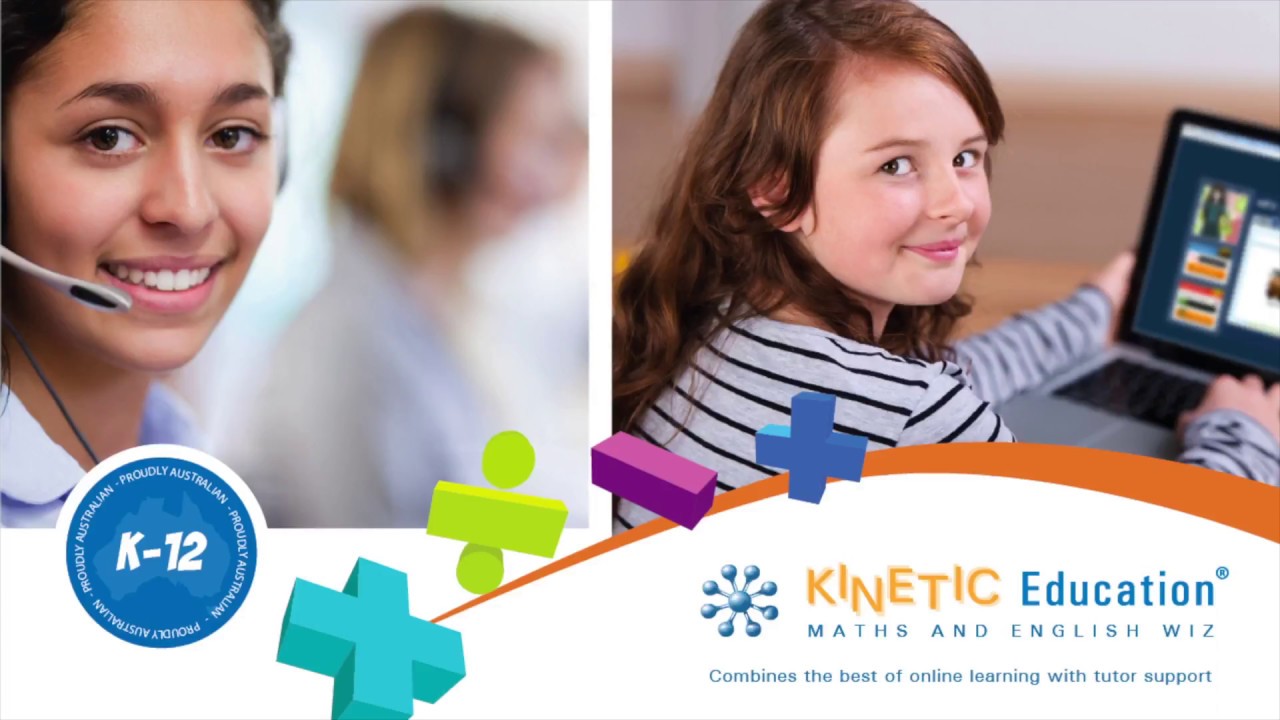Unlock the Power of Movement: The Kinetic Education Guide for Parents
Welcome, wonderful parents! Are you ready to shake up your child’s learning journey in the most joyous way possible? You’ve probably heard the buzz about kinetic education and its wonders. But what exactly is it? Let’s dive in and explore how incorporating movement can help your little learners embrace knowledge with open arms and wiggling toes!
What is Kinetic Education?
Imagine learning that feels like play, where sitting still is replaced with dancing molecules and mathematical concepts come alive with hops, skips, and jumps. That’s kinetic education—a teaching philosophy that infuses movement into learning. It’s based on the simple yet powerful idea that when our bodies move, our brains light up like a star-studded sky, making learning not just effective but irresistibly fun!
Why Kinetic Education?
We all love to see our children’s faces light up in wonder as they discover and understand new concepts. Kinetic education taps into the natural energy and curiosity of children, making it easier for them to absorb information. The benefits are as boundless as a child’s imagination:
- Boosts Memory and Retention: Movement helps to cement learning in the brain, making it easier to recall information later. Just imagine them learning spelling words through a game of hopscotch!
- Encourages Engagement: Kids are naturally inclined to move. By allowing movement in lessons, we keep their attention hooked, and their brains engaged.
- Fosters Cognitive Development: Movement can improve brain function, helping enhance processing abilities and problem-solving skills.
- Supports Healthy Growth: Kinetic education promotes physical activity, which is essential for your child’s overall well-being and growth.
How to Incorporate Kinetic Learning at Home
Don’t worry; you don’t have to transform your living room into a playground (though that does sound like fun!). Introducing kinetic education at home can be as simple as:
- Action-Packed Story Time: Act out scenes from your child’s favorite book, complete with all the gestures and movements of the characters.
- Math Dance Party: Use fun, upbeat music to teach counting, multiplication, or even patterns. Every new concept becomes a new dance move!
- Nature Scavenger Hunts: Take learning outdoors with scavenger hunts that incorporate elements of biology, ecology, and problem-solving.
- DIY Science Experiments: Get hands-on with interactive experiments that involve the body in exploring scientific principles.
Kinetic education is not about replacing traditional learning methods but enriching them. By incorporating movement into daily learning, we can help our children develop a love for discovery and make education a joyous, lifelong journey. In the following sections, we’ll break down the kinetic learning approach for different subjects, and offer you expert tips on how to master the art of movement-based learning at home.
Stay tuned, because we’re just getting started! Up next, we’ll talk more about specific kinetic activities for each subject and how you can use them to turn your home into a dynamic classroom buzzing with excitement and curiosity. Remember, every jump, twirl, and step can lead to a giant leap in learning. Let’s make every moment count, and every movement matter!

5 Essential Tips for Parents Preparing for Kinetic Education at Home
Embracing kinetic education requires enthusiasm and a dash of creativity. But before you jump in, here are five important things every parent should know:
- Space is Essential:
Create a safe, open area where your children can move freely. It doesn’t need to be an expansive space—even a small corner can be turned into a kinetic zone. Just ensure there’s enough room for activities without running into furniture!
- Flexibility is Key:
Kinetic education thrives on flexibility. Be ready to adapt activities based on your child’s interests and energy levels. If a planned activity isn’t working, don’t be afraid to modify it on the go or even switch to something else.
- Materials at Hand:
Gather simple props and materials to use during your kinetic activities. Items like scarves, balls, and beanbags are great for movement games, while sticky notes or index cards can be used for learning prompts that get kids reaching and stretching.
- Integrate Technology Wisely:
Use technology as an ally in kinetic education. There are numerous apps and online resources with movement-based learning activities. Just be sure that screen time doesn’t replace the active engagement that is central to kinetic learning.
- Patience and Encouragement:
Some children may need time to adjust to this new way of learning. Stay patient and provide lots of encouragement. Celebrate their efforts, however small, and watch their confidence grow along with their ability to learn through movement.
With these tips in mind, you’ll be well-prepared to infuse kinetic education into your child’s daily learning routine. By fostering a positive, active environment, you’ll not only nurture their bodies and minds but also create a dynamic space where education and fun dance to the same beat!
Moving Forward with Subject-Specific Kinetic Activities
Let’s break down the fun by subject, shall we? Here’s how you can take your child on a kinetic adventure across various academic fields:
Language Arts with a Twist
The alphabet isn’t just a set of letters; it’s a gymnastics routine waiting to happen! Have your child form letters with their body, or create word puzzles that require physical activity to solve, like a literary treasure hunt around the house.
History on its Feet
Bring historical events to life by reenacting battles with safe, household props, or simulating the daily routines of people from different times. Trust us; a living room becomes infinitely more interesting as the stage for the signing of the Declaration of Independence!
Science in Motion
Use your backyard or a nearby park to explore nature while teaching about ecosystems or the water cycle. Simulate orbits by having your child circle around you like a planet around the sun—all while discussing planetary motion!
If you’re bursting with excitement, that’s exactly the spirit! With each section of this guide, we’ll take deep dives into each area, give specific examples, and provide you with a treasure trove of kinetic activities to keep your child leaping from one learning adventure to the next. So stretch those muscles and get ready to make education a movement-filled, memory-making experience!
For more great articles please see here. For more information see here
Disclaimer
The articles available via our website provide general information only and we strongly urge readers to exercise caution and conduct their own thorough research and fact-checking. The information presented should not be taken as absolute truth, and, to the maximum extent permitted by law, we will not be held liable for any inaccuracies or errors in the content. It is essential for individuals to independently verify and validate the information before making any decisions or taking any actions based on the articles.




